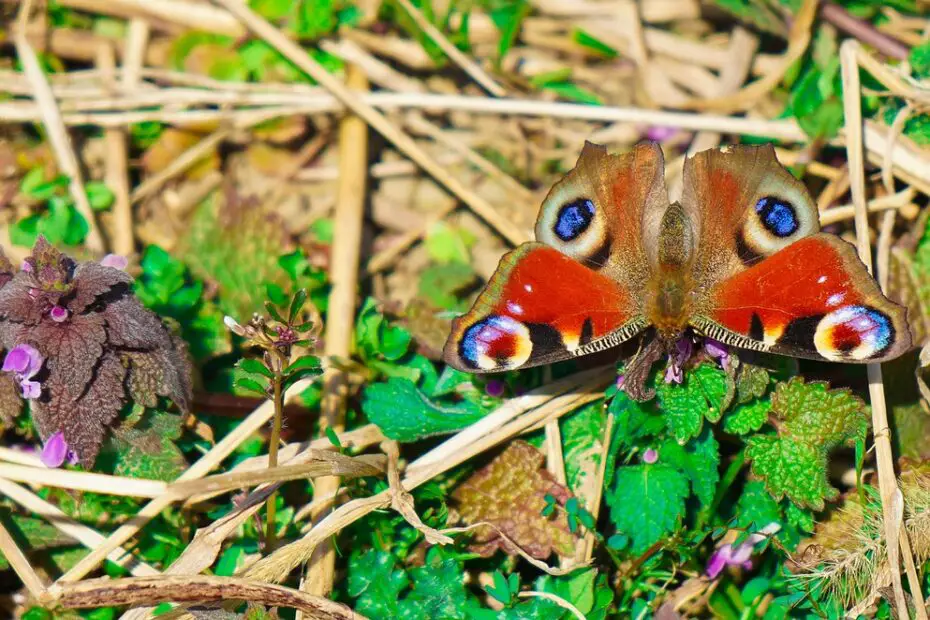Germany, known for its picturesque landscapes and cultural heritage, is also home to a diverse range of wildlife. From the lush forests of the Black Forest to the coastal habitats of the Wadden Sea, Germany offers a habitat for a variety of animal species. In this article, we will delve into the fascinating world of animals of Germany, highlighting the biodiversity, endangered species, notable wildlife reserves, and the conservation efforts dedicated to preserving these natural treasures.
You may also want to read about the top 8 animals of Spain.
Biodiversity in Germany
Germany boasts a remarkable diversity of animal species, thanks to its diverse ecosystems and protected areas. Let’s explore some of the notable animal groups found in the country.
Land Mammals
Germany is inhabited by various land mammals, including iconic species such as the European red deer, wild boar, and European hare. Other mammals, like the elusive Eurasian lynx and the agile red fox, also roam the German countryside.
Birds
Germany is a paradise for birdwatchers, with over 500 bird species recorded within its borders. From majestic raptors like the white-tailed eagle and red kite to colorful songbirds like the European robin and common blackbird, the avian diversity in Germany is truly impressive.

Reptiles and Amphibians
Germany provides suitable habitats for numerous reptiles and amphibians. Species like the common European adder, grass snake, and agile frog can be found in various regions across the country. Wetland areas, in particular, are home to a diverse range of amphibian species.
Insects
Insects play a vital role in Germany’s ecosystems, contributing to pollination and serving as a food source for other animals. Butterflies, such as the swallowtail and peacock butterfly, grace the meadows, while bees and beetles are busy pollinating flowers and maintaining the delicate balance of nature.
Animals of Germany: Endangered Species
While Germany’s wildlife is diverse, certain species face the threat of extinction. Conservation efforts are underway to protect and preserve these endangered animals.
Conservation Efforts
Germany has implemented various initiatives to conserve endangered species and their habitats. Conservation organizations work closely with government agencies to monitor populations, implement protective measures, and raise awareness about the importance of biodiversity conservation.
Animals of Germany: Notable Wildlife Reserves
Several wildlife reserves in Germany provide safe havens for diverse animal species. Let’s explore some of the notable reserves.
Black Forest
The Black Forest, located in southwestern Germany, is not only renowned for its enchanting landscapes but also serves as a sanctuary for wildlife. It is home to species like the European wildcat, badger, and black woodpecker. Visitors can explore nature trails and witness the diverse wildlife that thrives in this ancient forest.

Wadden Sea
The Wadden Sea, a UNESCO World Heritage Site, stretches along Germany’s North Sea coast. It is a crucial habitat for numerous bird species, including migratory birds that rely on the Wadden Sea as a vital stopover during their journeys. Seals and various marine creatures also call this unique ecosystem their home.
Bavarian Forest National Park
The Bavarian Forest National Park, located in southeastern Germany, is the country’s oldest national park. It encompasses vast areas of pristine forests, serving as a refuge for endangered species like the Eurasian lynx and the capercaillie. The park provides visitors with opportunities to observe these elusive creatures in their natural habitat.
Conclusion
Germany’s rich biodiversity and the variety of animal species it harbors make it a fascinating destination for nature enthusiasts. From the towering red deer in the woodlands to the melodious songbirds in the meadows, Germany offers a glimpse into the wonders of the natural world. As we appreciate the beauty and significance of these animals, let us also recognize the importance of conservation efforts in preserving their habitats and ensuring their survival for generations to come.
FAQs
1. Are there any large predators in Germany? Germany is home to large predators like the Eurasian lynx and the gray wolf. However, their populations are still recovering and are primarily concentrated in certain regions.
2. Can tourists visit the wildlife reserves in Germany? Yes, many wildlife reserves in Germany are open to visitors. However, it is important to follow the guidelines and regulations set by the reserve authorities to minimize disturbance to the animals and their habitats.
3. What is the most endangered animal in Germany? The European wildcat is one of the most endangered animals in Germany. Efforts are being made to protect and increase its population.
4. Are there any venomous snakes in Germany? Yes, Germany is home to the common European adder, which is a venomous snake. However, encounters with these snakes are rare, and they generally avoid human contact.
5. How can individuals contribute to wildlife conservation in Germany? Individuals can support wildlife conservation in Germany by respecting nature reserves, participating in volunteer programs, and promoting awareness about the importance of biodiversity and habitat preservation.
